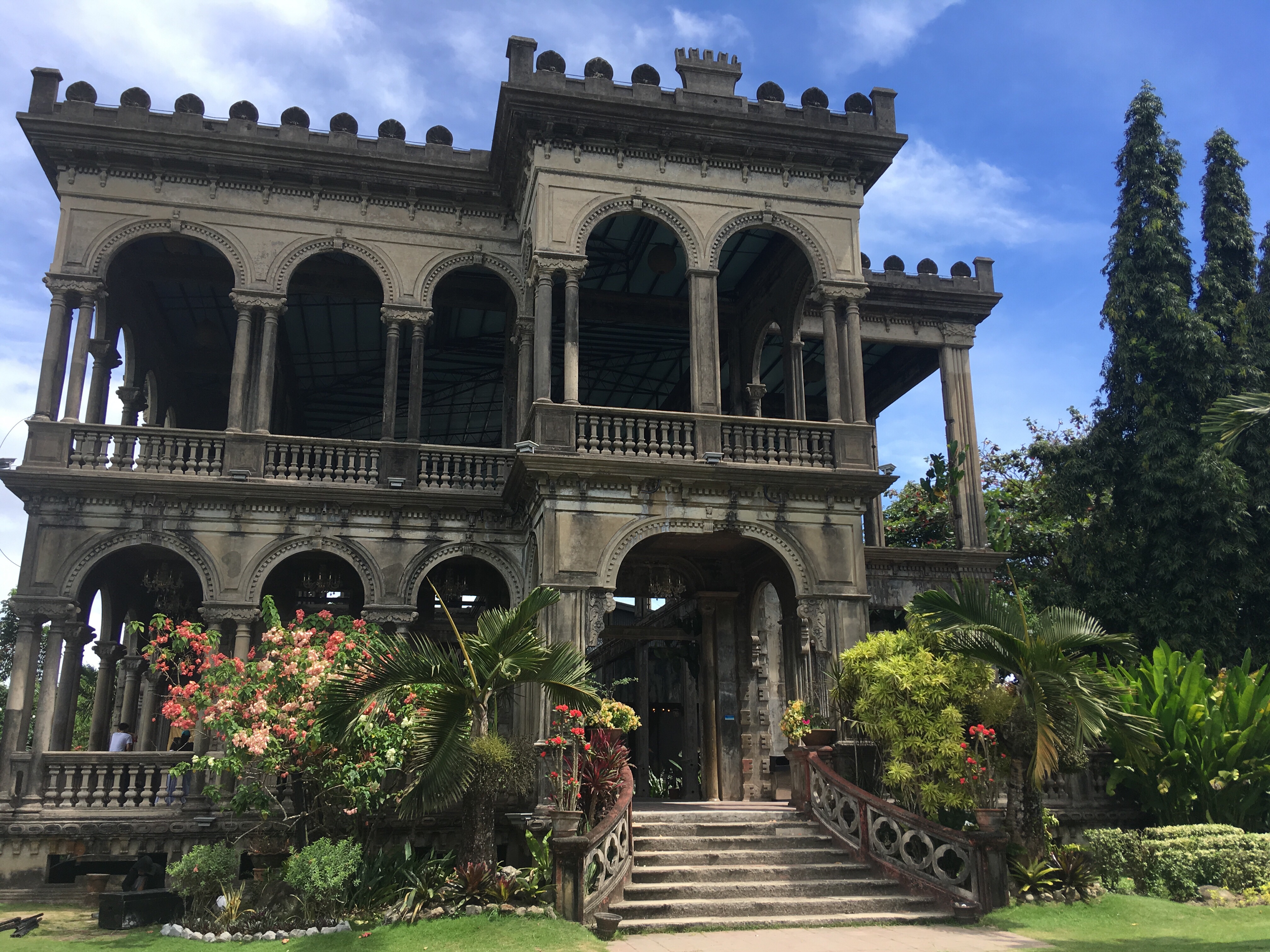In the belly of the Philippines lies a province rich in history, as well as in sugar. Dubbed, “the sugarbowl” of the country, Negros Occidental in the Western Visayas region accounts for more than half of the Philippines’ total sugar production.
You can see plenty of evidence to back this moniker just as you land in Negros Occidental, as you leave the Silay-Bacolod International Airport you see vast sugarcane fields for miles until you reach Bacolod City. This bountiful supply of what was called “sweet gold” in olden times is accredited to the work done by its pioneer families, European entrepreneurs who settled into the province during colonial-era Philippines.
During my visit to the province, I sought to learn more about these key figures of Negros Occidental’s booming sugar industry. This endeavor led me to visit the former mansions of colonial-era sugar ” barons Don Mariano Ledesma Lacson and Victor Fernandez Gaston, both of which have been designated as heritage sites and are open for public viewing.
“The Ruins”: The Love Story of Don Mariano Lacson and Maria Braga
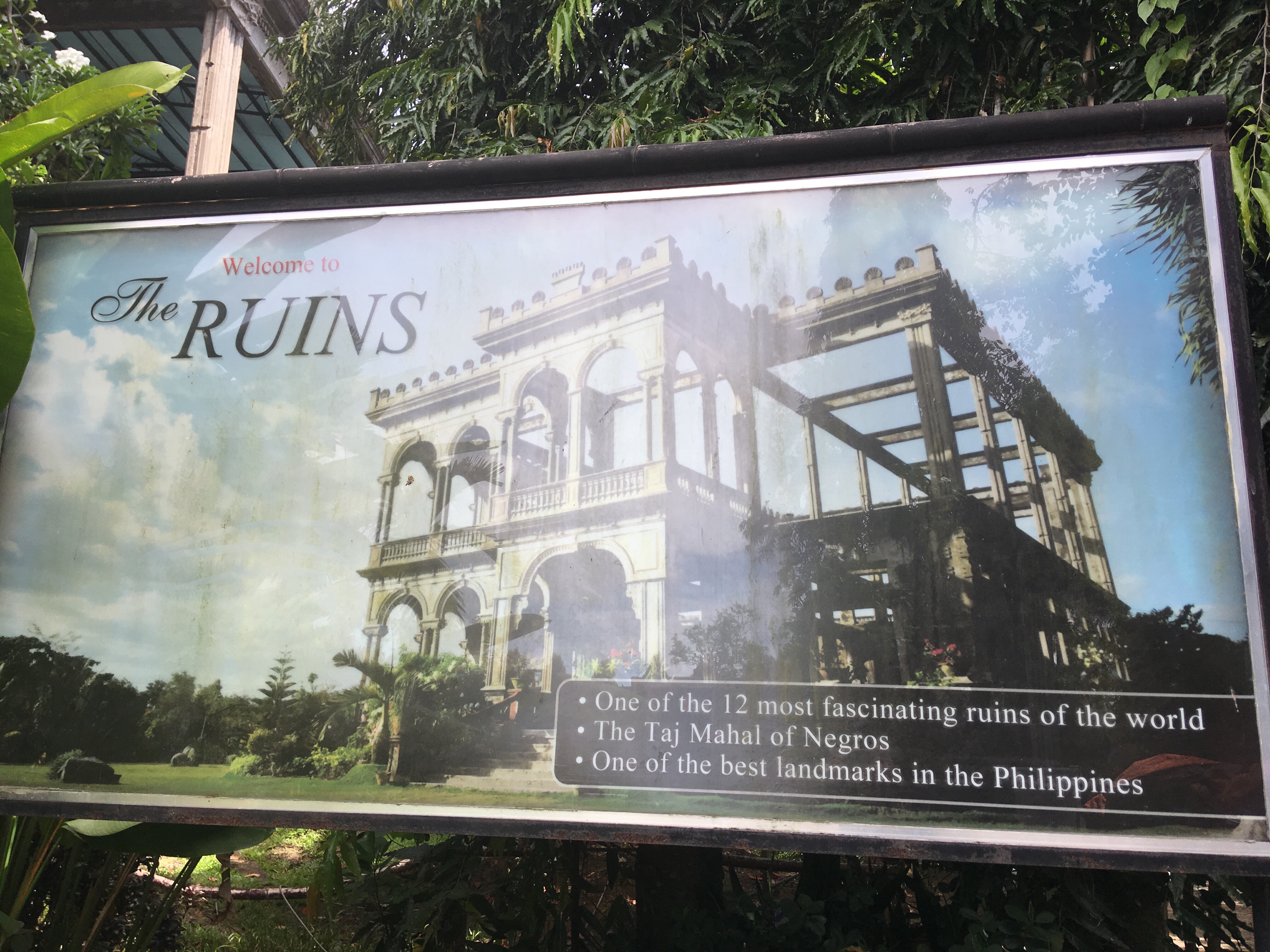
The mansion of Don Mariano Ledesma Lacson in Talisay City, just a few minutes outside of Bacolod City, is a well-known tourist spot in the country called “The Ruins”. The name comes from the fact that the ancestral house is uninhabitable, and what remains is a mere remnant of its former glory.
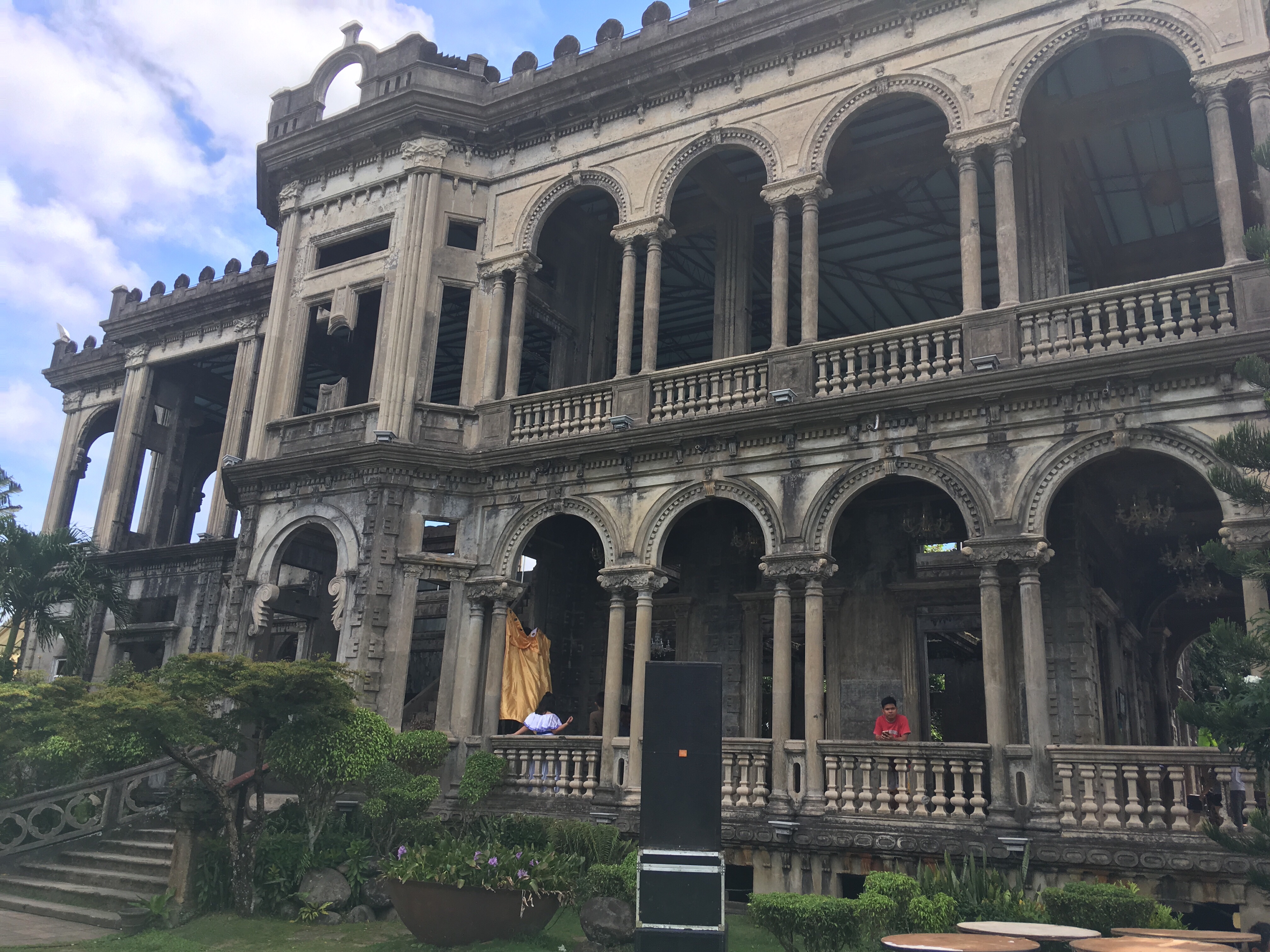
Nonetheless, the exterior of the house which is left standing is still astonishing to behold – especially given that one of the building materials used was egg whites. The reason why only its mere shell remains is equally fascinating: it was burnt down by American colonial masters during World War II, in suspicion that the structure was being used as a spy outpost by Japanese invaders.
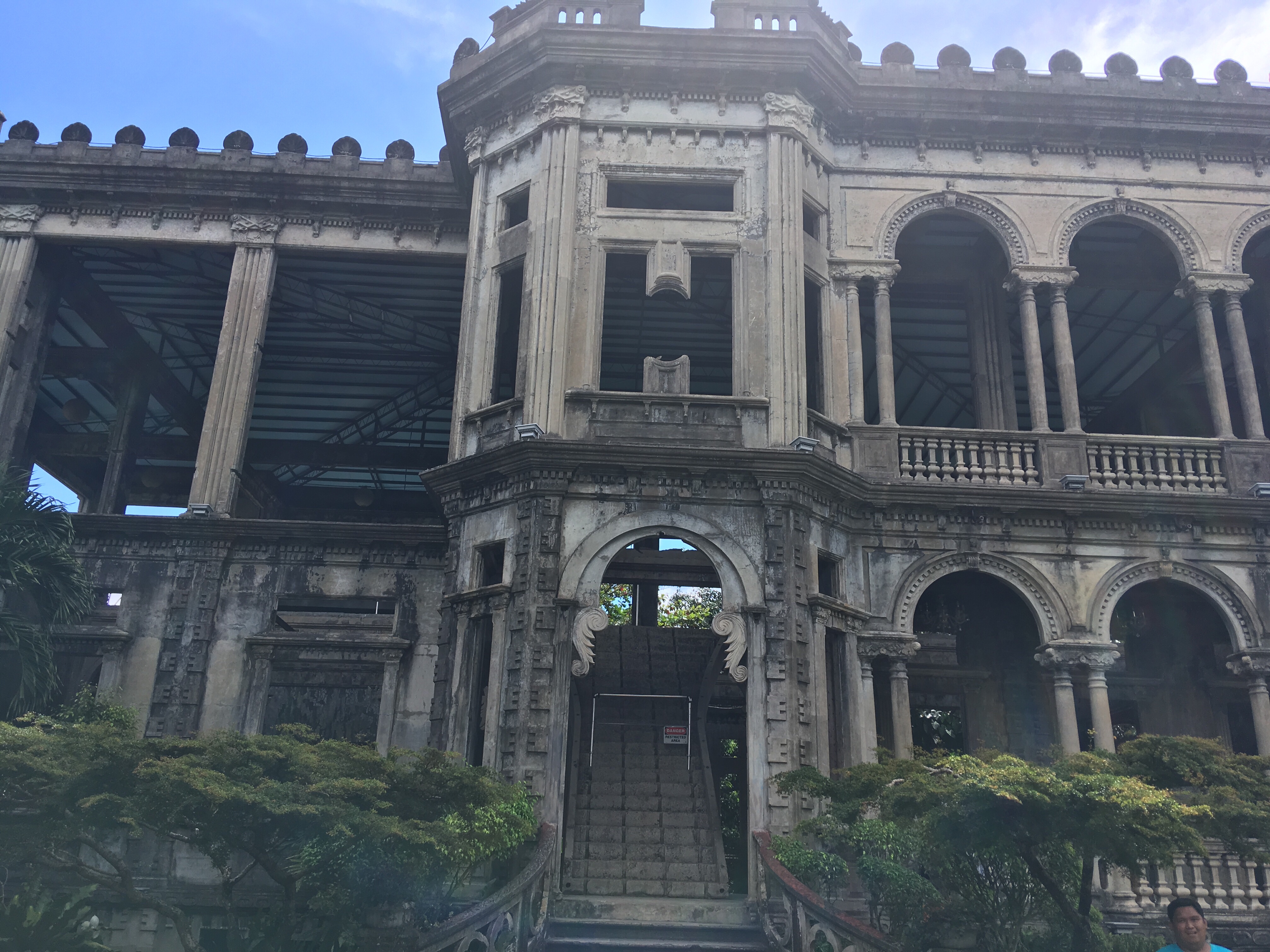
The fire lasted for three days, after which only the pillars of the mansion and its grand staircase remained in-tact. Much of the house has been rehabilitated and many features have been added, taking away from its authenticity.
Such is the compromise necessary to preserve historical sites, unfortunately.
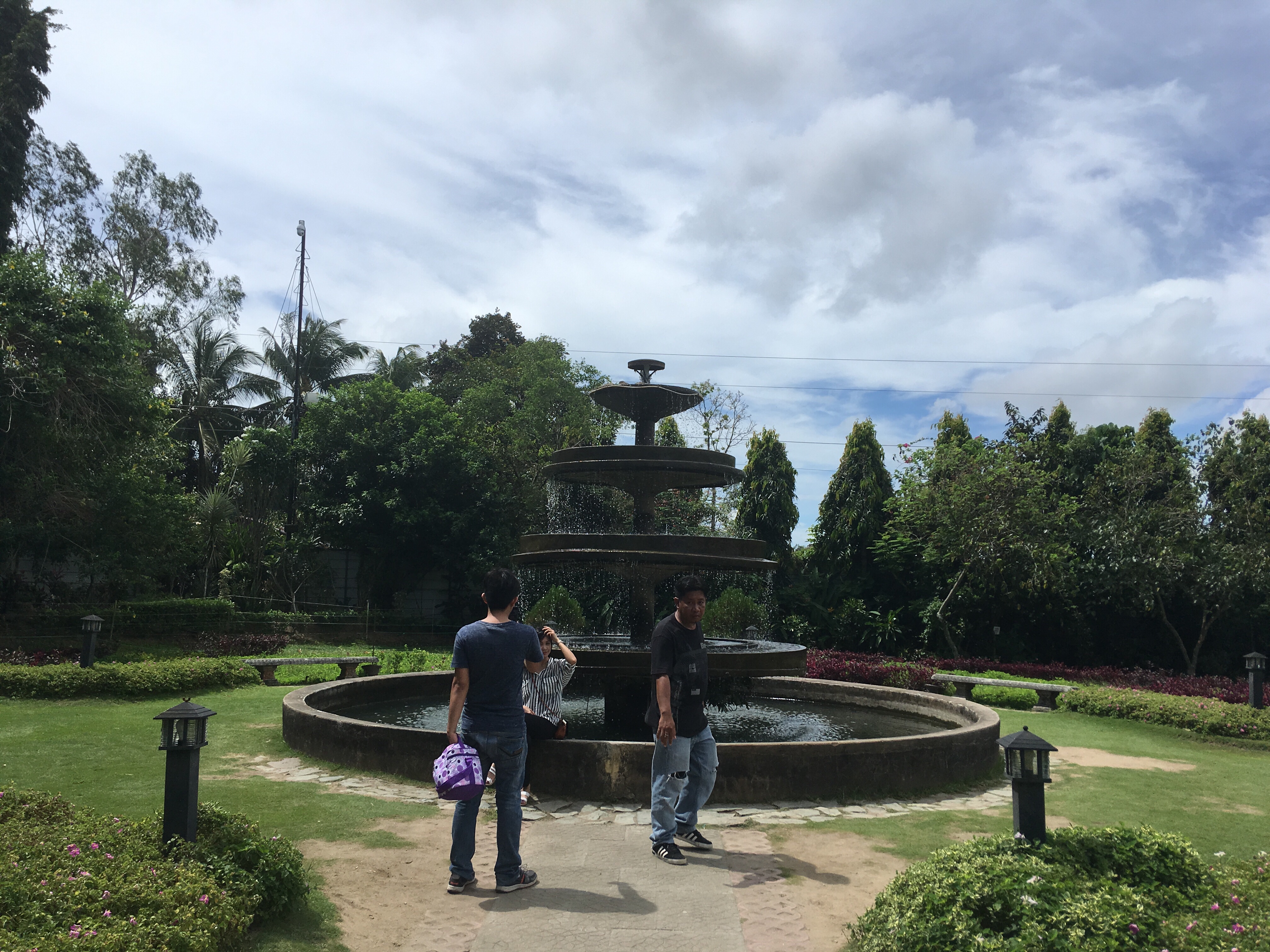
The mansion was built in 1920, and for a very poignant reason. Don Mariano and his Portuguese wife, Maria Braga, were not just blessed with incredible wealth but also with a large family of ten children.
Aiming to increase their family size even more, Braga was pregnant for an eleventh time and it was at this time that she fell over their bathroom and gravely injured herself. Due to the lack of doctors near the property, the matriarch of the Lacson clan passed away from her wounds.
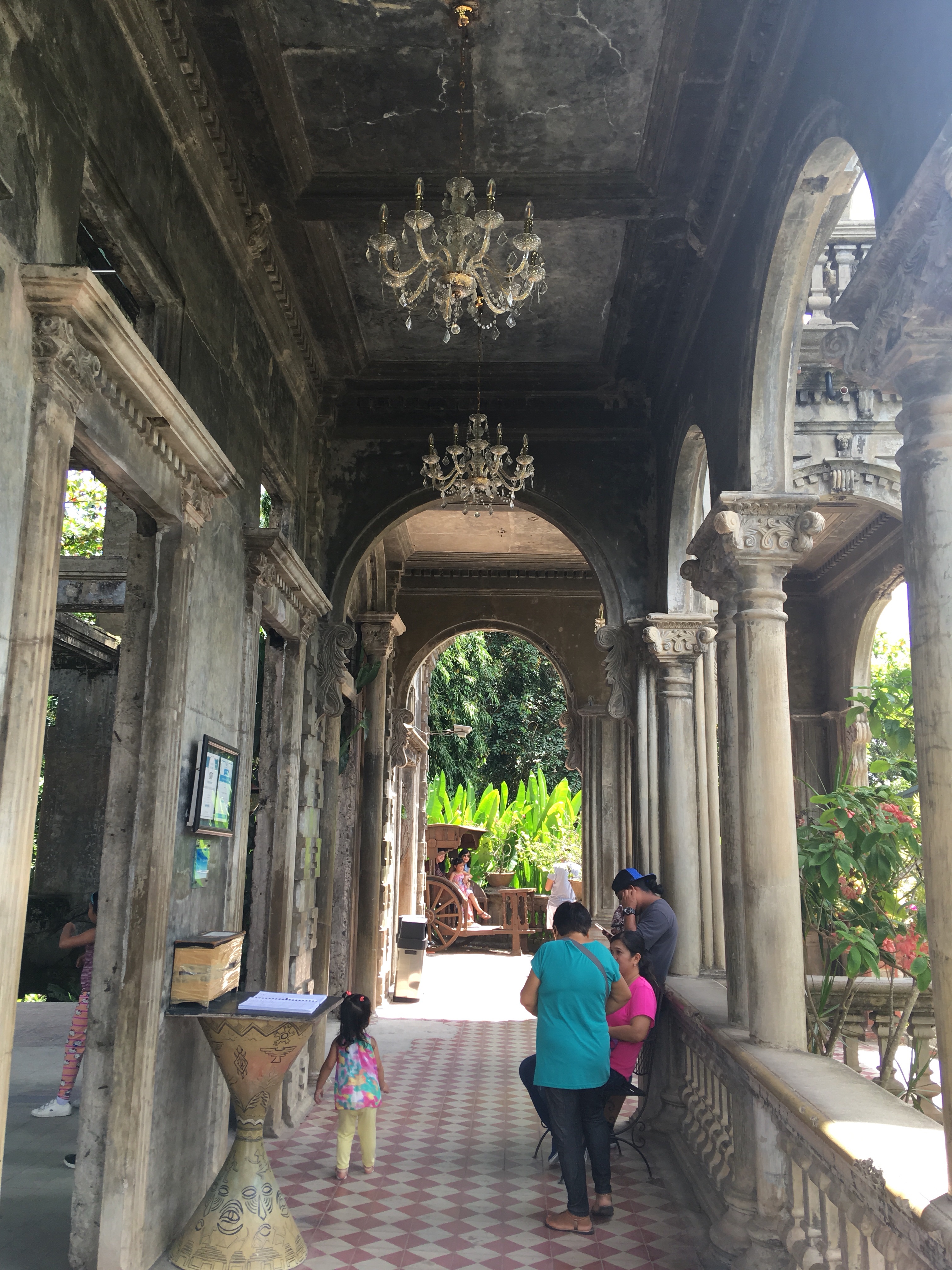
In his sadness, Don Mariano embarked on an ambitious plan to construct an awe-inspiring property in memory of his late wife. This story of how the mansion was conceptualized puts it on par with the Taj Mahal of India, which was built by Mughal emperor Shah Jahan in memory of his third wife.
This is why proprietors of “The Ruins” market the tourist attraction as the “Taj Mahal of Negros Island”.
The sweet gesture was appropriately made on the Lacson family’s 440-hectare sugar plantation in Talisay, just one of the province’s many sugar fields that bolster its reputation as the country’s sugar capital and adding to the wealth of Negros Occidental.
“Balay Negrense”: The Heartbreak of Victor F. Gaston
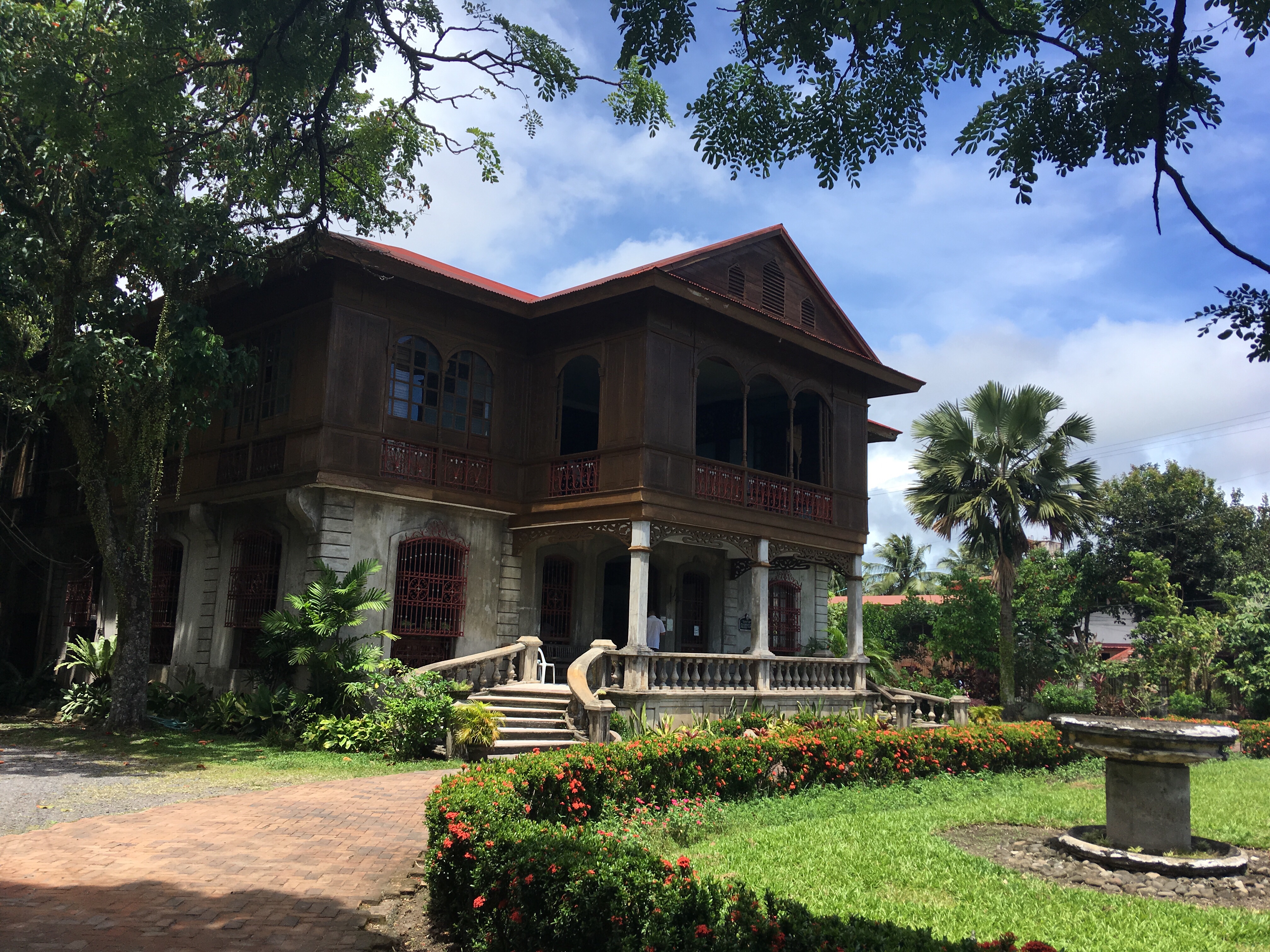
Less than an hour’s drive from “The Ruins” lies another historical marvel with an equally-stunning backstory. In Silay City, also where the airport is located in, you can find the ancestral home of the Gaston family.
Yves Leopold Germain Gaston was a French-born entrepreneur who is widely credited to be the first sugar cane producer in the island of Negros. His eldest son, Victor Fernandez Gaston, lost his wife to unknown circumstances and fell into depression – drawing parallels with Don Mariano Lacson’s story.
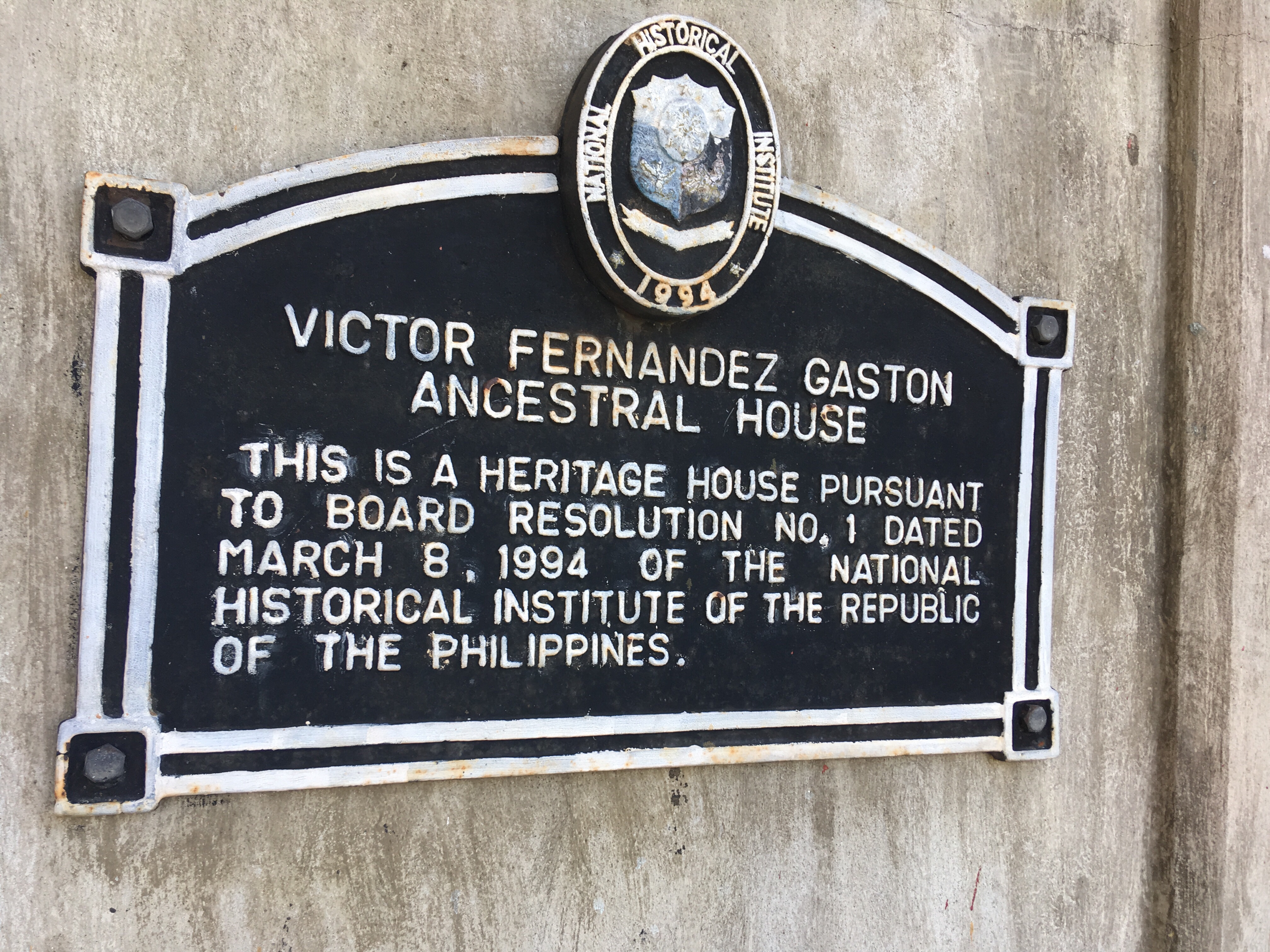
To ease his suffering, and to give a house for his son’s twelve children, Yves Gaston bestowed him with the property which included the sizable house. It stood as one of the largest structures in Silay City, a testament to the wealth and influence the Gastons wielded in the province.
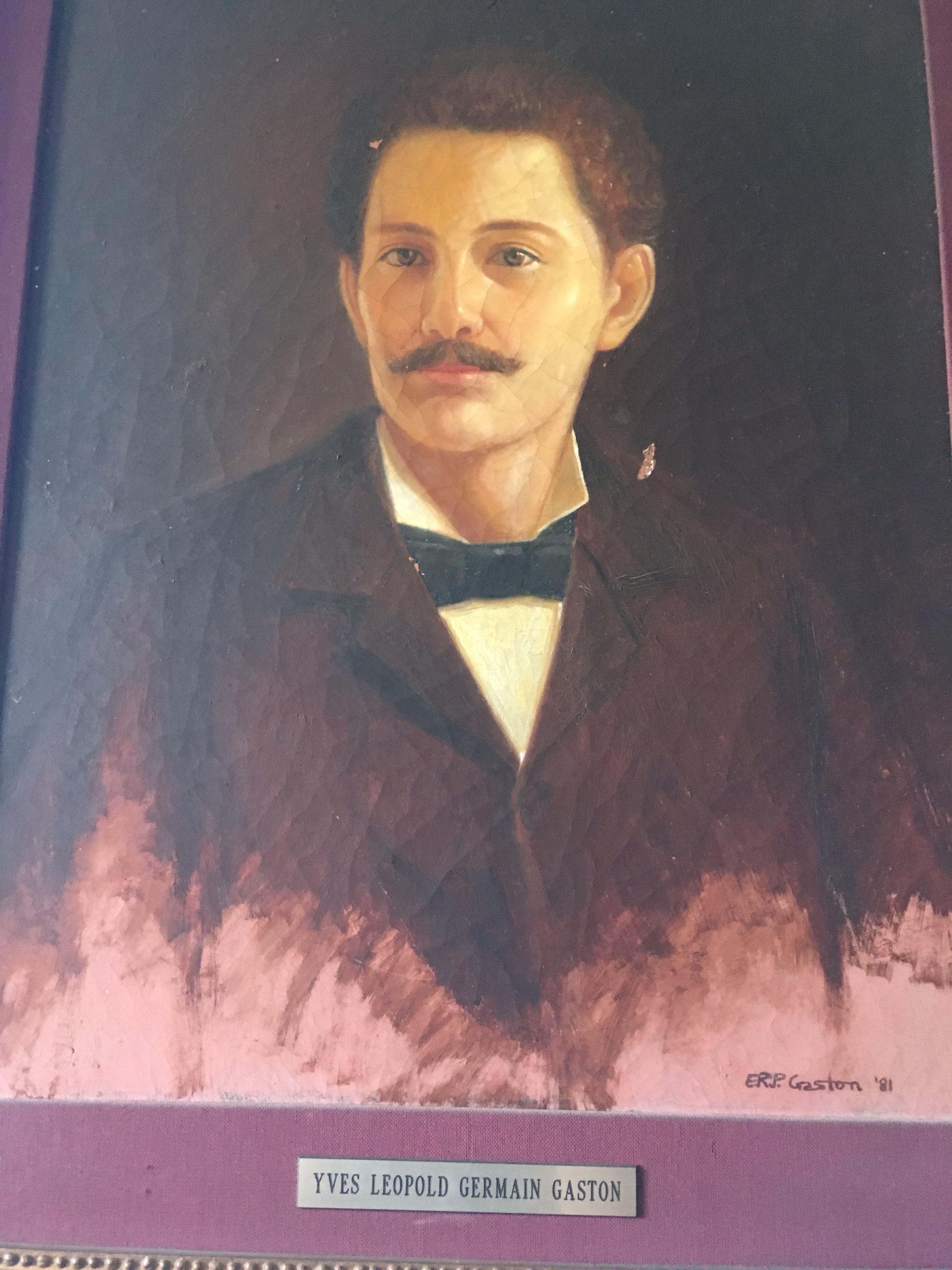
Visiting the “Balay Negrense”, you can see the Gaston family genealogy on display. Most of its surviving members today have migrated to different countries – especially Spain and France – but many continue to reside in different parts of the Philippines today.
Its abandonment by descendants of the elder Gaston is what caused the ancestral home to slowly deteriorate, to a point where it nearly had to be taken down. Fortunately, the goodwill of both historical advocates both private and in government changed the fate of the Gaston house.
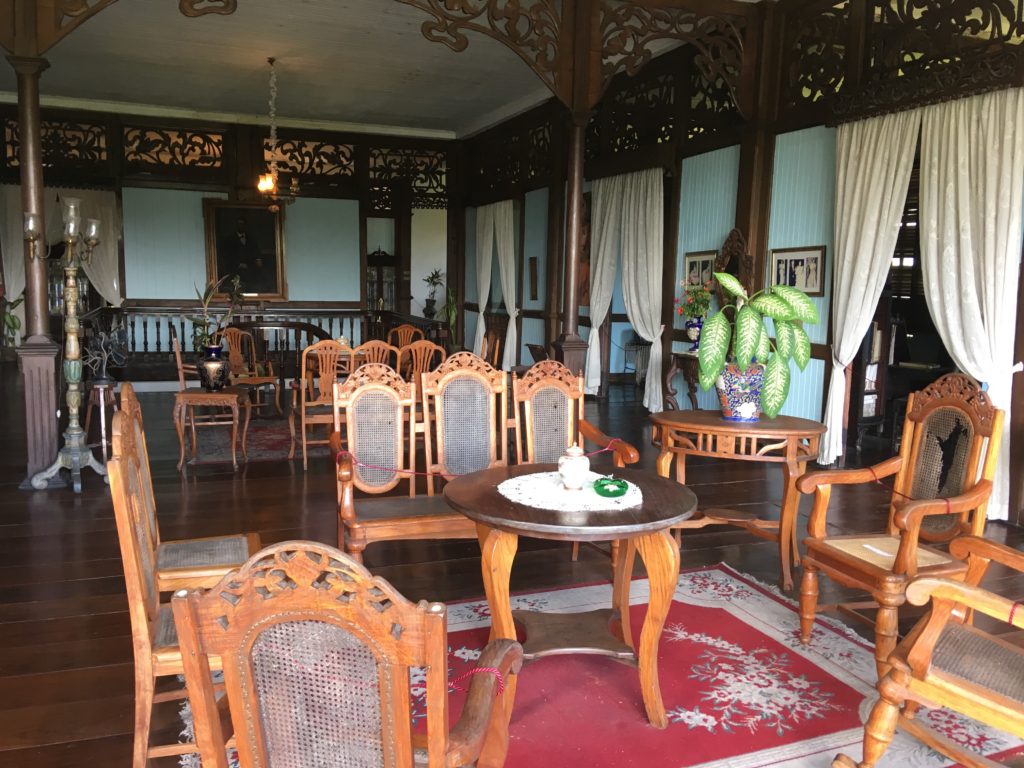
The Philippine Tourism Authority poured in Php5 million into the rehabilitation of the historical site, along with the efforts of the Negros Cultural Foundation which is comprised of historical and cultural advocates. The Foundation also received a generous donation from Filipino-Spanish businessman, Jaime Zobel de Ayala, to help shoulder the costs of the repair.
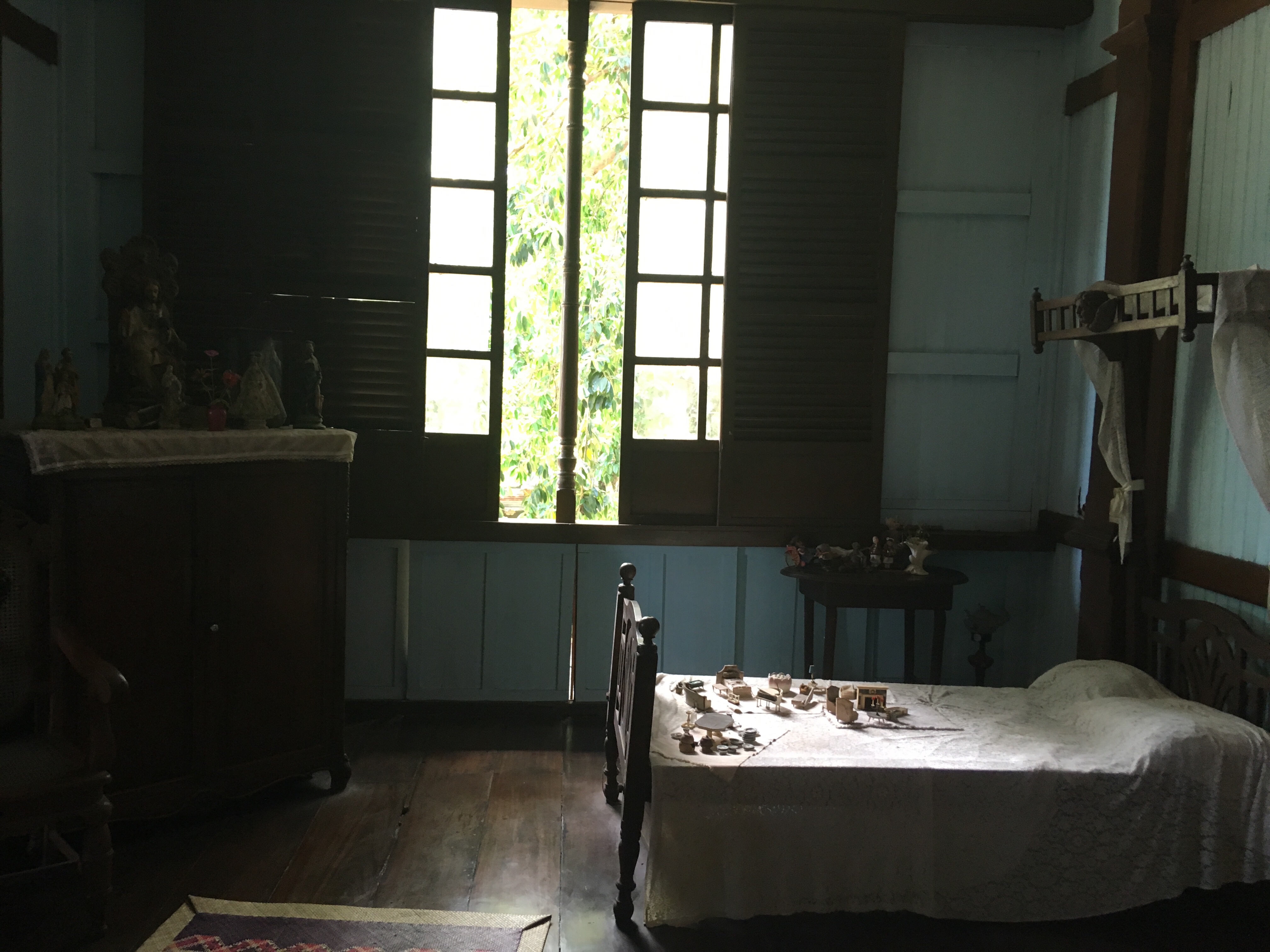
This collective effort is what allowed Balay Negrense, a house built in 1898, to be open for public viewing even until today. The attraction was first opened in 1990, after undergoing significant renovation but at the same time kept as much of the house’s authenticity as possible.
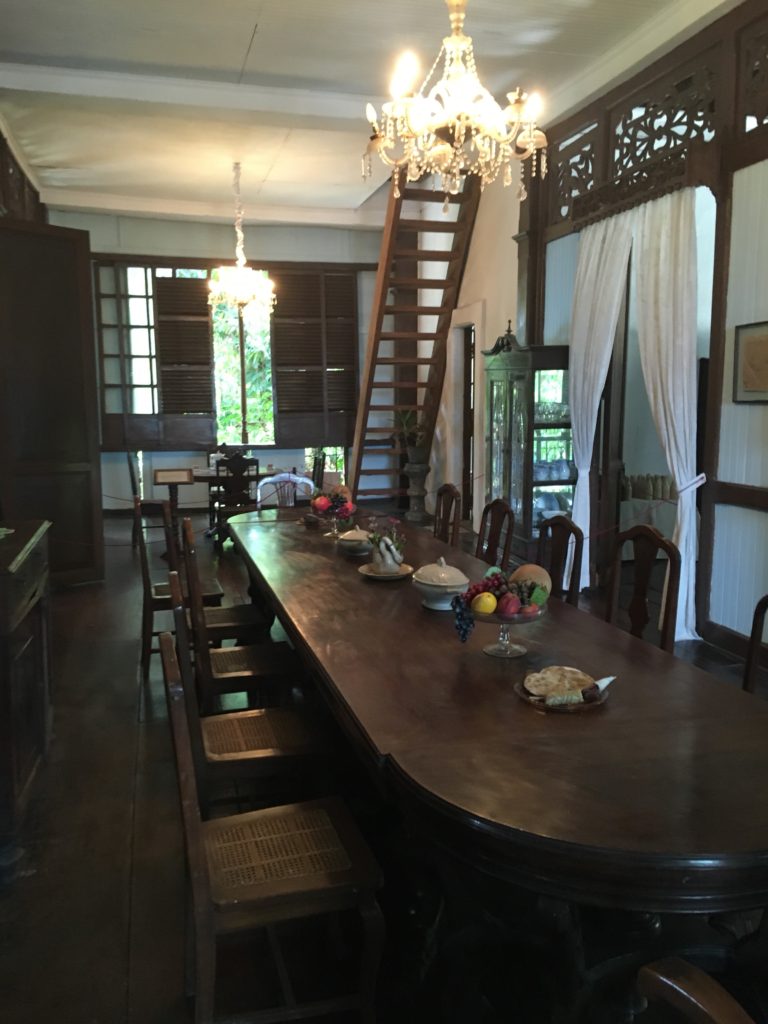
In 1984, Bacolod City – the province’s capital – was declared a “highly urbanized city”, which is a title given to cities that continuously demonstrate a stellar economic performance. Much of this success has been fueled by the rich sugar industry of surrounding areas, which are the rewards of the work done by its pioneer families.
While the neighboring island of Guimaras is more ideal for those seeking scenic beaches, Negros Occidental offers a different view – that of history and culture. This feature is important for us to understand the province’s present, and to also teach us about our country’s colonial past.

